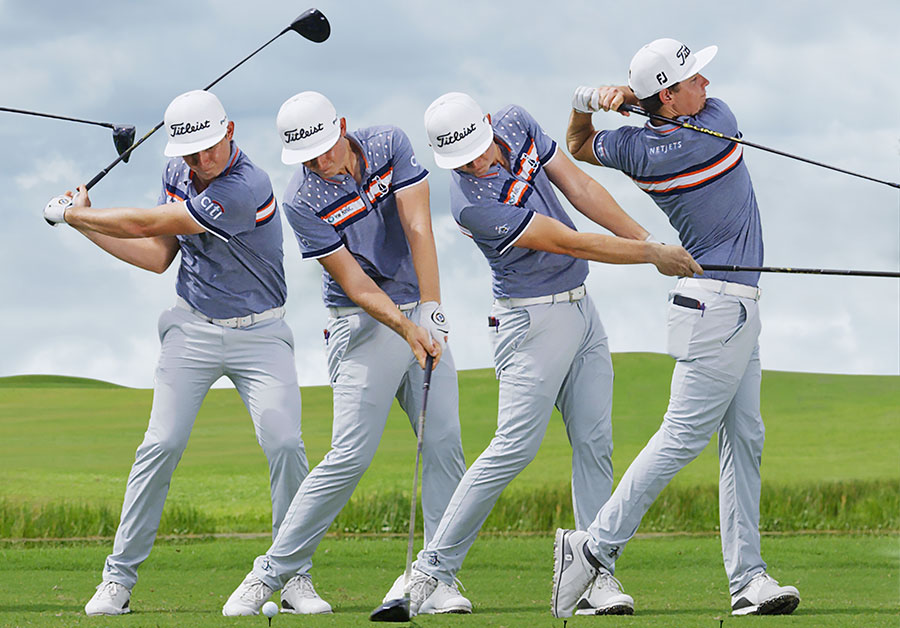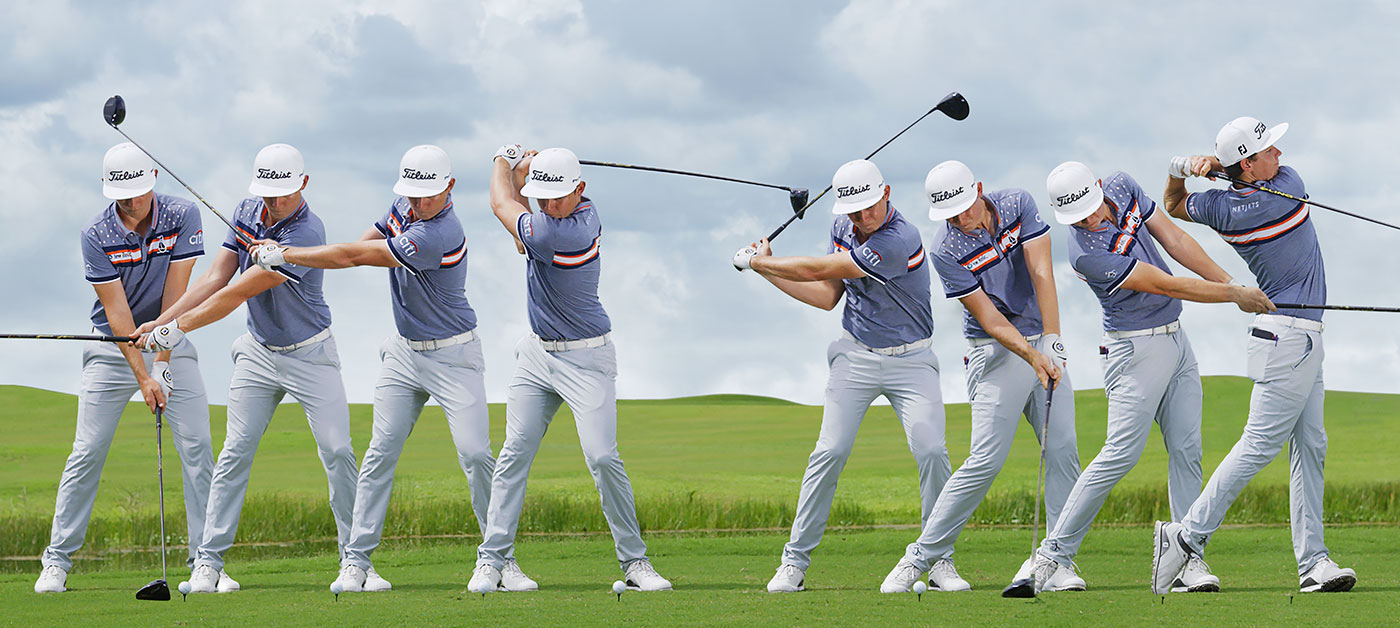It’s one thing to be representing your country in a Presidents Cup, says Australia’s Cameron Smith, but it’s far more special when that competition is in your home country. When the previous biennial match-up between the United States and the International side began at Royal Melbourne Golf Club in 2019, Smith knew he’d be feeling extra pressure to perform well for the home crowd. “But I love pressure,” he says.
It’s a statement that rang true at the 150th Open at St Andrews. Smith played one of the great final rounds to reel in Rory McIlroy and claim his first Major title in astonishing fashion, confirming once and for all that he is the ultimate pressure player.
One thing that will always aid Smith in his goal to function under duress is the simplicity of his swing, says coach Grant Field. The two began working together when Smith was 10. “He’s very much an on-plane swinger,” Field says. “There’s not much that can go wrong. It’s a simple, connected, repeatable golf swing.”
That word connected is a key one for Smith, who is now 2nd in the World Golf Ranking. Back before the 2019 Presidents Cup, he focused on making sure his arms and body work together as he takes the club back, working on a new “feel” for connection [below] that yielded immediate results. Smith starred for the International side in Melbourne then won his first start of 2020 at the Sony Open in Hawaii. He has since gone on to add a Players Championship and the oldest Major trophy of them all, ahead of another Presidents Cup outing he is expected to dominate.
“It’s a simple, connected, repeatable golf swing.”
The Right Start
The first few feet of the backswing are crucial to driving it well, Cameron Smith says. “If my arms get disconnected from my body, moving independently, it’s going to put me in a poor position at the top of the swing – laid off, arms too long and wide. I want to feel narrow going back.”
Narrowing Up
Another goal in the backswing is for Smith to hinge his wrists early, swing coach Grant Field says. “This feeling of an earlier set also plays a part in having the narrower swing radius Cam talks about.” Adds Smith: “Allowing the wrists to hinge up earlier helps me keep connected.”
The New Feel
Although he’s not completely comfortable with a “feel” for his backswing that Field gave him to work on, Smith says it’s taking hold: “I’m trying to keep my arms and my body in the same motion for as long as I can. When that doesn’t happen, I know right away. I just need more reps.”

Stop Like Hideki
The top of the swing here is a touch too long, Field says, but it has improved a lot since these photos. As he’s about to transition into the downswing, Smith says he likes to feel a pause. “Like Hideki [Matsuyama] does,
but just a bit quicker. Then I want my arms to start to work down.”
Widening Out
The goal when Smith moves into the downswing is to widen his radius, Field says. “I want him to release the club earlier, with the right arm fully extending. Also, he should hold a little pressure in the trail leg and have a feeling that the arms are working more down and in front of
his body.”
Made for a fade
Smith’s preferred ball flight starts a few metres left of his target and works back towards it. “He typically gets it to fade by setting up a little left of his target and letting the club exit through impact a little to the left,” Field says. “As long as the face is slightly open to the path, it will fade.”
Exit Stage Left
If you were standing behind Smith on his target line, the handle of his clubhead would disappear from view just after impact – blocked by his body. “You won’t see that extended follow-through look down the target line like you see with some pros,” Field says. “But that’s the exit we want for his fade.”

Read on for more from Australian Golf Digest and Cameron Smith.





